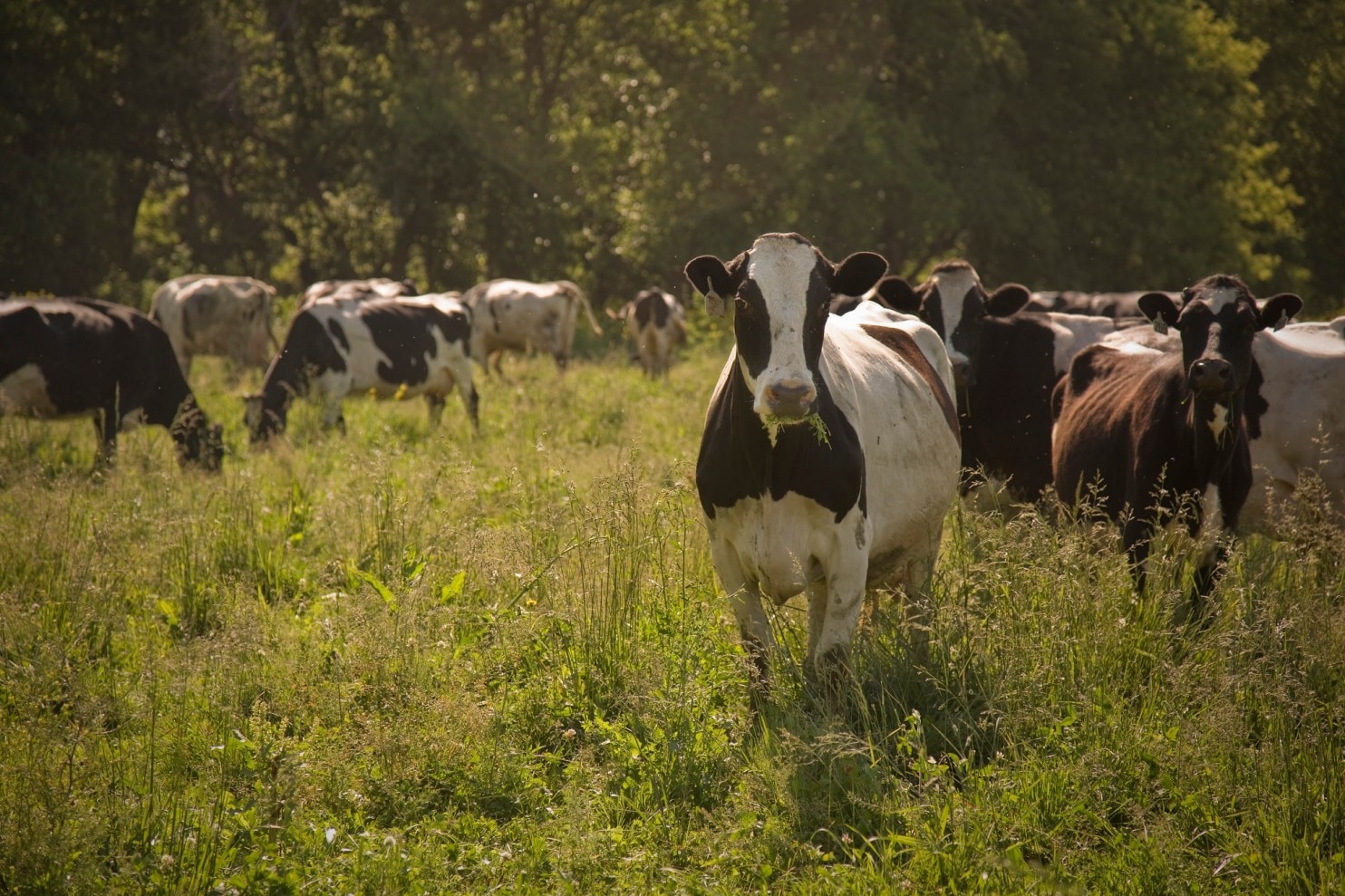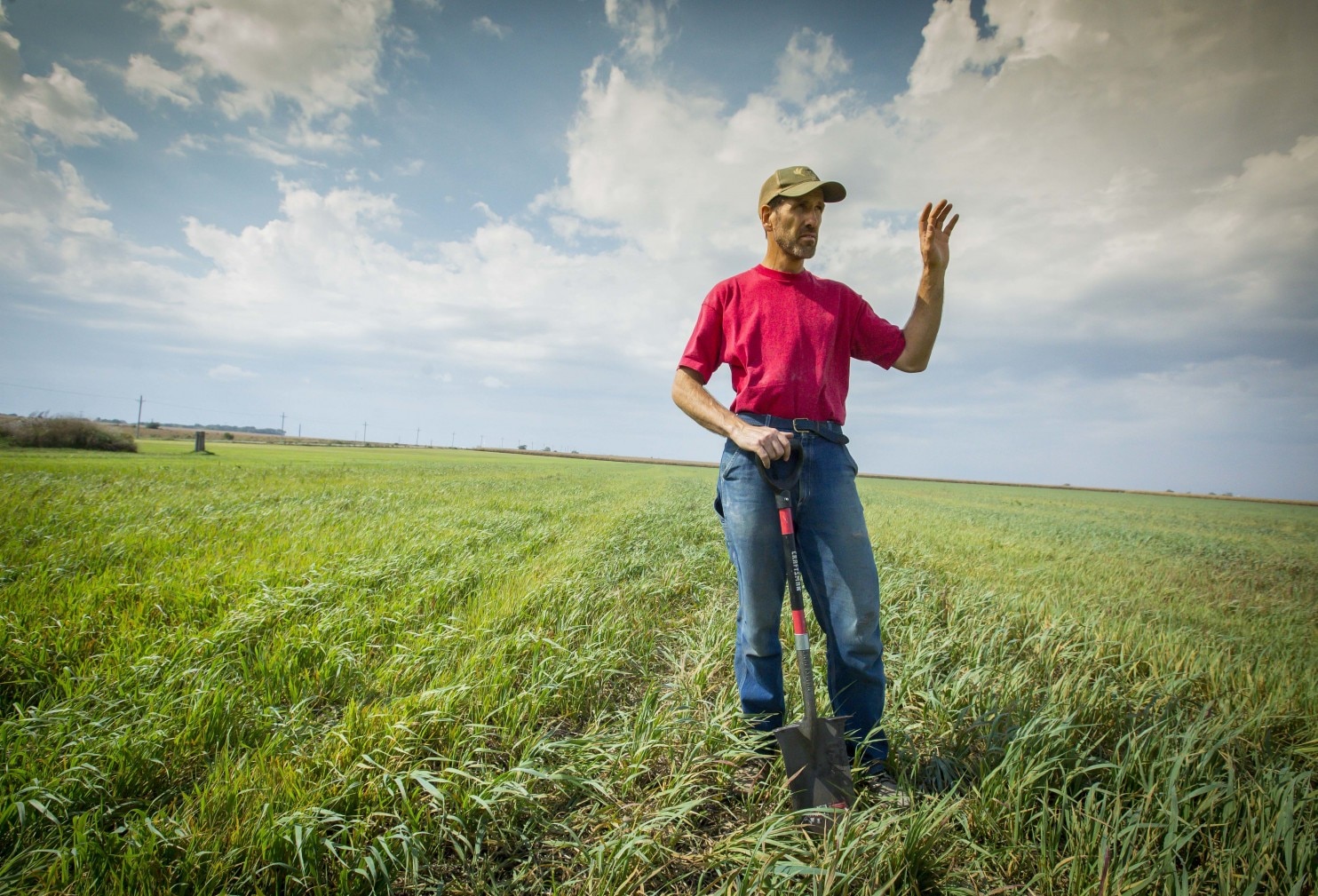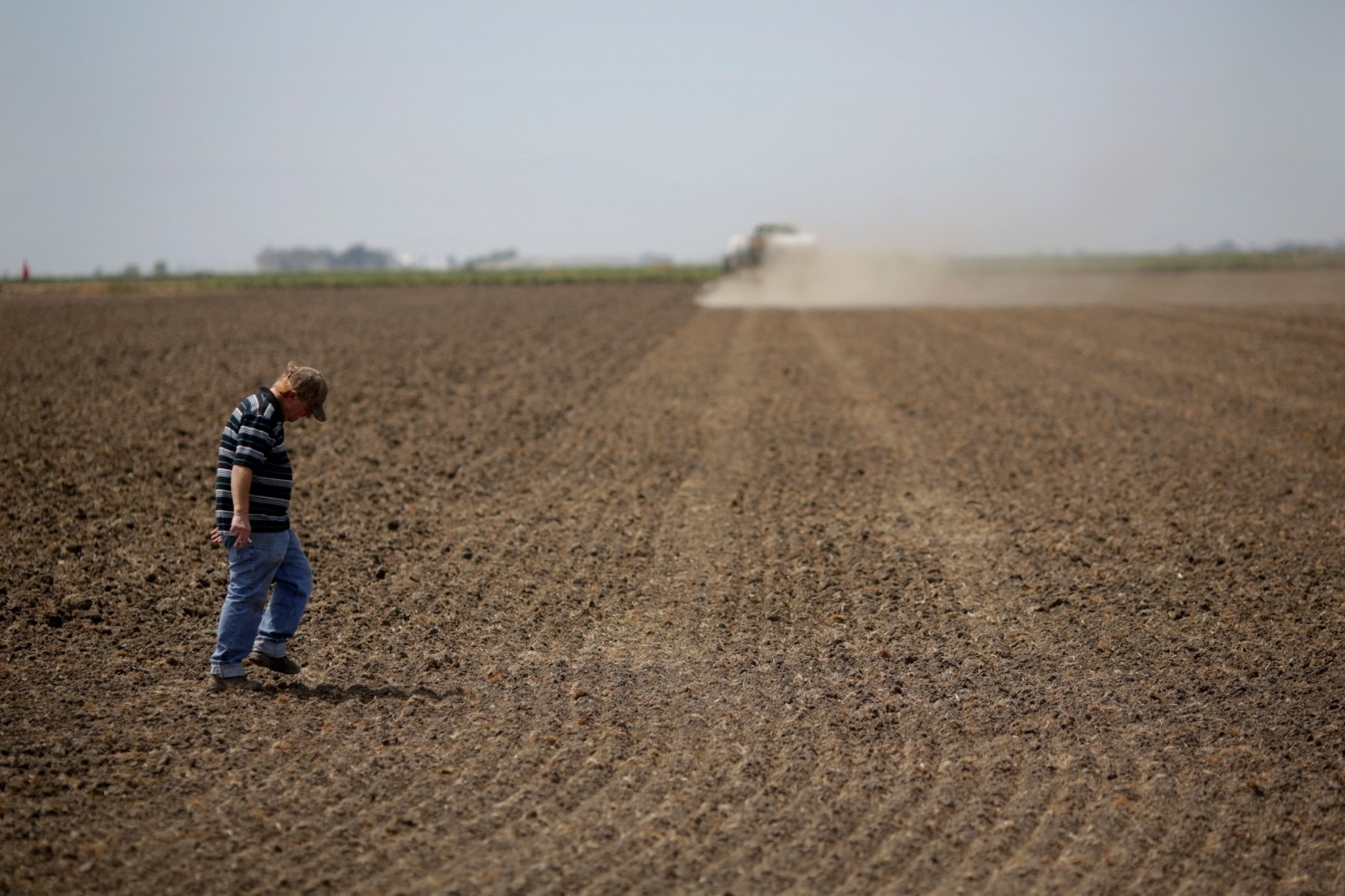Washington Post: Agriculture can indeed fix our food system — if we reimagine it

Grass-fed dairy cattle roam a section of pasture on James Swantz’s farm in Kalona, Iowa. (Rachel Mummey/For The Washington Post)
By Randy Jackson, Michelle Miller, Pam Porter and Lindsey Day-Farnsworth | October 26
A recent article by Tamar Haspel argues that the local and organic food movement can’t fix our food system. If this movement were solely focused on “buy fresh, buy local” at farmers markets and upscale restaurants, we would agree. However, bigger changes are underway for sustainable agriculture. Farmers and others in the sustainable food movement pursue a broader vision of change in agriculture.
Fresh market vegetable production in the United States takes up about 1.63 million acres of land. This pales in comparison to the 218 million acres dedicated to corn, soybeans and wheat. As Haspel points out, we need to think beyond locally grown produce to protect the environment and provide good jobs. Our vision for sustainable agriculture and the food system includes crops and livestock, as well as farmers, processors, distributors and markets, so more consumers can access sustainable food, year-round. What does this look like?
More grass-fed meat, milk and cheese: Grass-fed dairy and meat isn’t just a hipster thing. Pasture-based livestock production is a key ingredient in a sustainable food system. Nearly half the corn we grow feeds livestock that could graze. Perennial pasture protects water by holding soil in place year-round, unlike corn and other annual crops. Grass-based farming is a great start-up strategy for farm businesses, because it requires lower investments in equipment and facilities.

Earl Canfield has started growing oats to help diversify his corn-soybean rotation in Dunkerton, Iowa. (Rodney White/AP)
More-diverse crop rotation: By feeding livestock more grass and less grain, farmers can diversify crop production to include pasture, small grains such as wheat and oats, and such cover crops as clover. Rotating many different crops in a field builds soil and naturally disrupts the pests and diseases that strike when a farmer grows only one or two crops.
More-diverse crop rotations and perennial crops reduce pollution from soil erosion and fertilizer runoff that mucks up lakes and rivers, and leads to “dead zones” in the Gulf of Mexico and elsewhere. Diverse crop rotations also help farmers cope with extreme weather and erratic markets. Thanks to new tools and technology, it’s easier than ever to implement complex crop rotations on large farms.
Reclaimed forest and wild lands: U.S. farmers grow far more grain than we need. Landowners can convert some agricultural land to a more natural state without affecting our food supply. Forests, grasslands and wetlands can reduce runoff into lakes and streams, provide wildlife habitat and harbor biodiversity. That said, restoring wild lands must be done in a way that respects farmers and the public.
Good jobs, from farm to table: Scaling up local food systems through regional processing, distribution and marketing can achieve economies of scale without sacrificing the environmental benefits of diverse farming systems. Regional food systems can provide consumers with organic and sustainable food year-round, and create jobs.
Farmer, farmworker and food worker livelihoods are part of our food system. Farmers receive, on average, 15.6 cents of the consumer food dollar. Small farms that sell directly to customers may earn more by eliminating distributors and marketers. However, larger farms may provide more stable employment, better working conditions and higher compensation for farmers and their employees. As Haspel observes, a healthy food system operates at a variety of scales.
Cities that encourage local and regional food processing and distribution may also create a food culture that supports locally owned groceries and restaurants, improving access to good food and good jobs.
More engagement with policy: Consumer buying power alone won’t fix our food system. Public and private policies influence how our food is grown, processed, transported and sold. The Farm Bill sets the agenda for U.S. agriculture. But health care, labor, transportation, energy, immigration, banking and other policies influence farmers’ decisions on what to plant, how to manage the farm, whom to hire and whether to take an off-farm job.
When we engage with food policy, whether by serving on the board of a local food co-op or contributing to the work of national policy organizations, we amplify the impact of conscientious food purchasing and pave the way for a better food system. Policies that support a diverse landscape and multiple scales of agriculture through more sustainable farming systems and land management, fair pricing and wages, and strategic economic development will ultimately improve the health and well-being of people, communities and the environment.
Let’s make food policy work and put research into practice. The innovations necessary for a more sustainable food system exist. The challenge lies in scaling them up and expanding their reach.
Jackson is faculty associate at the University of Wisconsin-Madison Center for Integrated Agricultural Systems (CIAS). Miller is associate director, Porter is research program manager and Day-Farnsworth is a postdoctoral researcher at CIAS.
